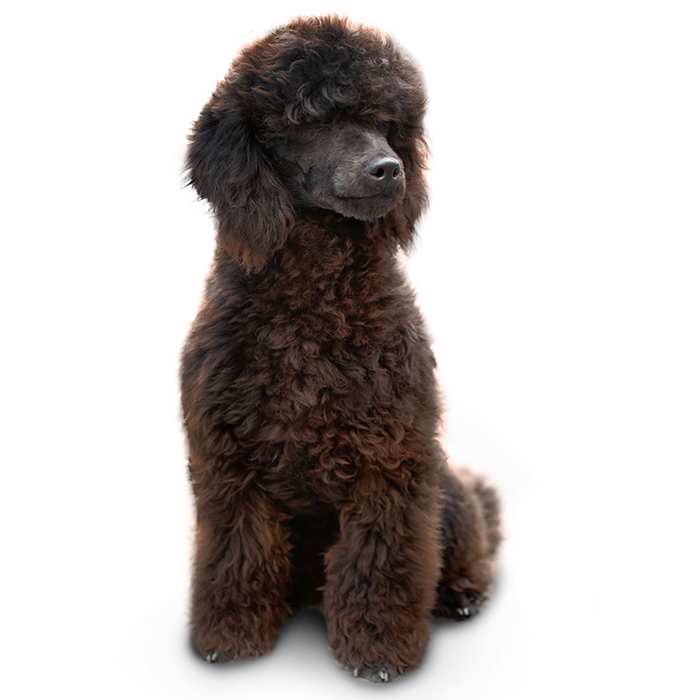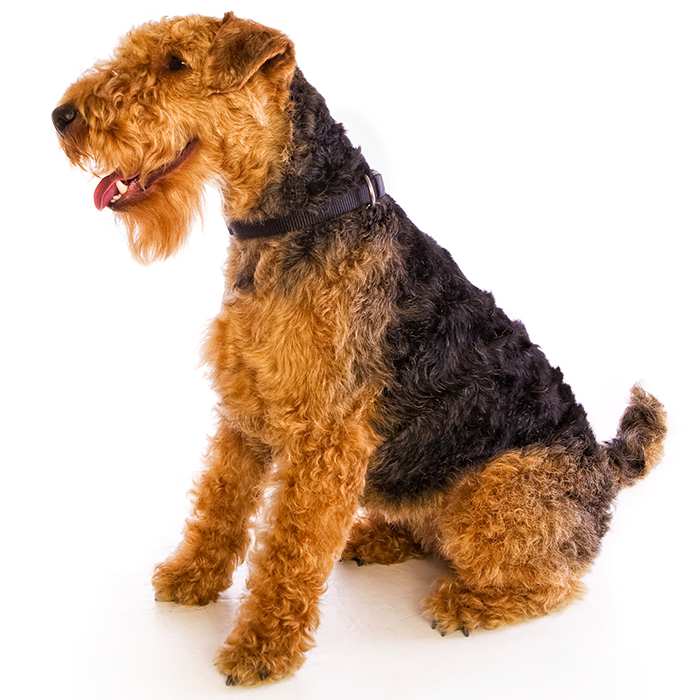Schnoodle
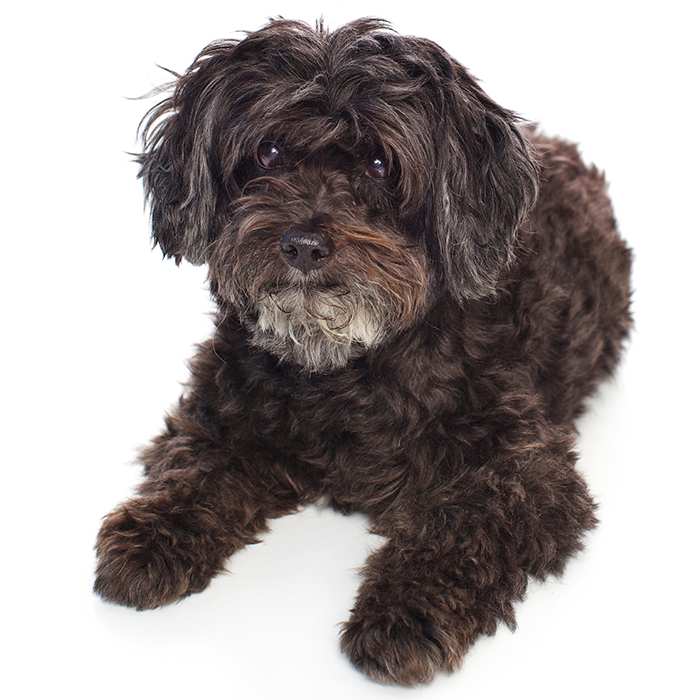

| Recommended for | Families |
| Breed Classification | Hybrid |
| Other names | Truffle dog |
| Lifespan | 10-15 years |
| Size | Toy, miniature & standard |
| Temperament | Playful, friendly, mischievous |
| Intelligence | High |
| Tendency to bark | Above average |
| Maintenance Level | Medium – high |
| Health Risk | This breed is in the lower risk category for developing health issues, hence it is one of the most affordable breeds to insure. |
Insuring a Schnoodle?
Get our award-winning Nose-to-Tail Cover with up to $30k annual benefit limit, up to 90% of eligible vet bills back, and no sub-limits.
Get a quick quote
Is this breed right for you?
Try our breed selector quiz to find out your best matching breed!
Insuring a Schnoodle?
Get our award-winning Nose-to-Tail Cover with up to $30k annual benefit limit, up to 90% of eligible vet bills back, and no sub-limits.
Get a quick quote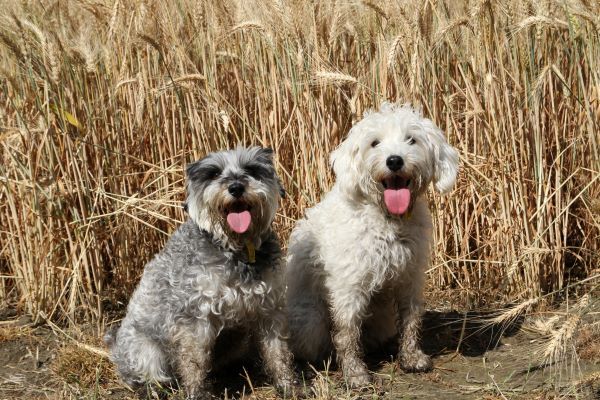
Breed history of Schnoodles
The Schnoodle was first bred in the 1980’s by crossing Schnauzer and Poodle breeds, when the popularity of Poodle crosses began to grow. The aim was to create a low-shedding family dog.
Since it is a relatively new hybrid, most Schnoodle pups are bred directly from a Schnauzer and Poodle parents, though as the breed becomes more popular it is more common for breeders to breed pair two Schnoodles with each other.
There is a theory that an early Schnoodle-type hybrid developed in England was known as the “Truffle Dog” because it specialised in gathering truffles.
As the Schnoodle is a hybrid breed, it is not recognised by any Kennel Clubs, nor are there any standards established for the breed.
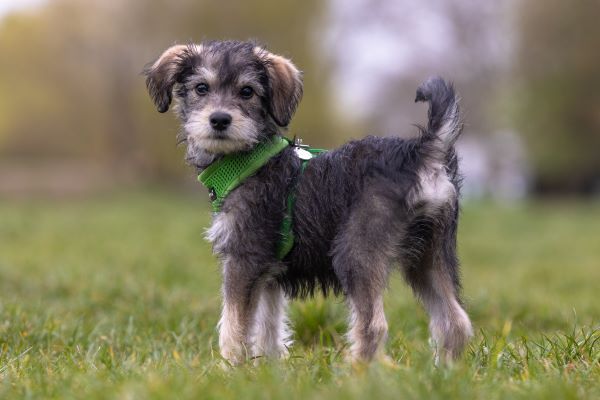
Physical description of Schnoodles
A Schnoodle is a mix between a Schnauzer and a Poodle, crossing the non-shedding coat of the Poodle with the sturdy body of the Schnauzer.
As both parent breeds come in a range of sizes, so too does the Schnoodle, depending on which size Poodle and Schnauzer they were bred from. The majority of Schnoodles are small, but when picking a puppy, make sure you know the size of the parents, as you could land up with a 6 kg version or a 25 kg one!
Most Schnoodles have a soft, wavy coat which sheds very little, while some have straigher fur. There is a wide variety of colours available, and some can be a mixture of colours.
| Weight range | Toy 3-5 kg, Miniature 5-9 kg, Standard 9-34 kg |
| Height range | Toy 25-30 cm, Miniature 30-38 cm, Standard 38-66 cm |
| Colours | Black, grey, silver, brown, white, apricot, sable, black/ white, black/tan |
| Coat length | Medium |
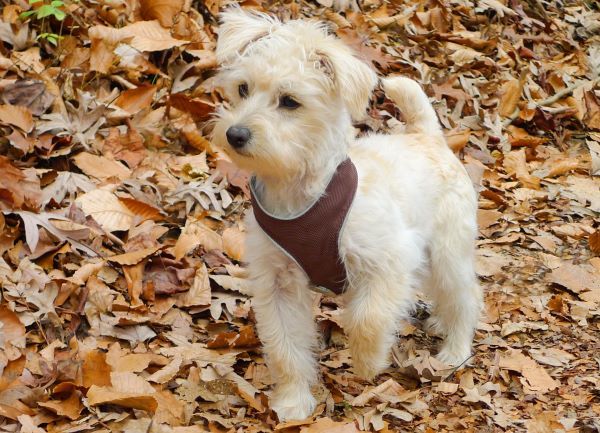
Schnoodle personality and temperament
As a Schnauzer-Poodle mix, Schnoodles are loving and level-headed companions. Like their parent breeds, they are intelligent and lively. Schnauzer-dominant Schnoodles may be suspicious and wary of strangers.
Watch out for the mischievousness and stubbornness that can come out once in a while in the Schoodle. They also have more of a tendency to bark than the other hybrid Poodle breeds like the Labradoodle or Spoodle.
When Schnoodle puppies are well-socialised and trained, they make great companions for people of all ages, and are a great choice for novice dog owners.
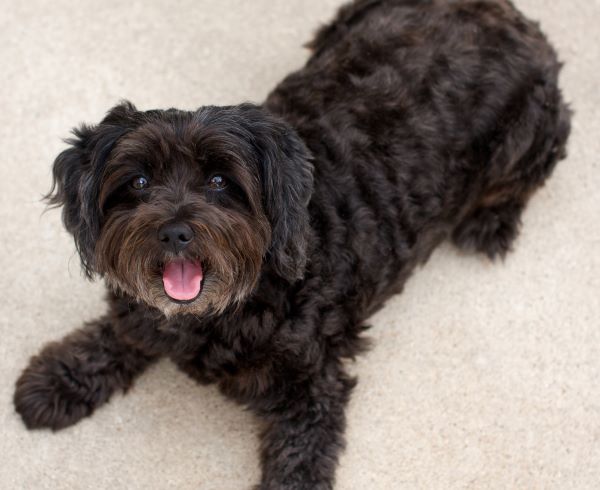
Schnoodles with kids and other pets
Schoodles are great family pets that love to play with children. Larger sized Schnoodles in particular make great companions for young children, as they are gentle and playful yet sturdy enough to handle rough play.
They are also known to get along with other household pets, such as cats, as long as they are introduced early in the dog’s life. However, if the Schnoodle tends to take more after its Schnauzer parent, it may not be a good idea to have small animals, such as rodents, in the same household, since Schnauzers instinctively like to hunt.
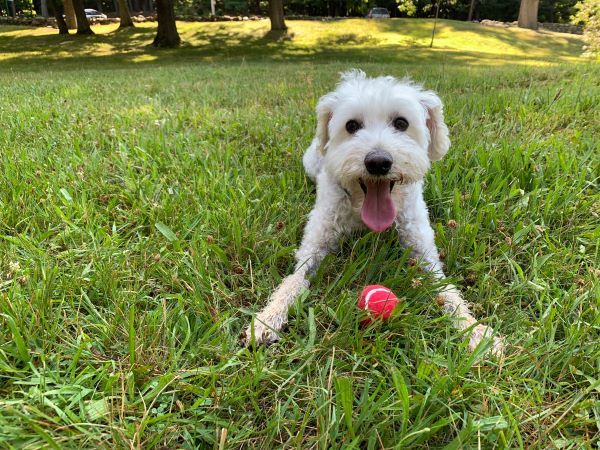
Schnoodle training and exercise
Schnoodles have a lot of energy and need to be kept active. It is recommended that they get around 30 to 60 minutes of exercise each day – this could be a walk, jog, or playtime. Without it, they may be left with extra exuberance that can lead to destructive behaviours as they try to keep themselves entertained.
Thanks to their parent breeds, Schnoodles are smart, easy to train and fast learners. With positive reinforcement, they will pick up basic training cues quickly and can go on to lean more complex tricks.
| Energy level | High |
| Exercise requirements | High |
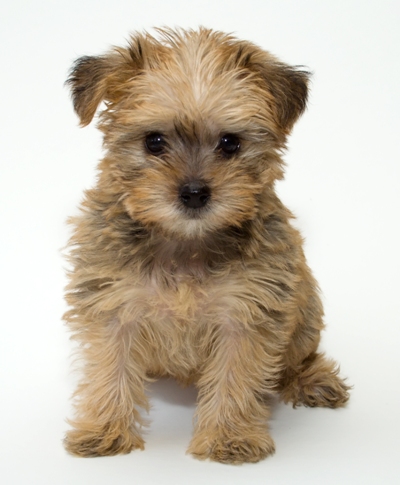
Schnoodle feeding and nutrition
The Schnoodle should be fed a premium, high-quality dog food appropriate to the dog’s age (puppy, adult, or senior), size and activity level.
Watch your dog’s calorie consumption and weight level and don’t overfeed them or overindulge in the treats department. If you have a large size Schnoodle, take precautions to help prevent bloat.
Check with your vet if you have any concerns about your Schnoodle’s weight or diet.
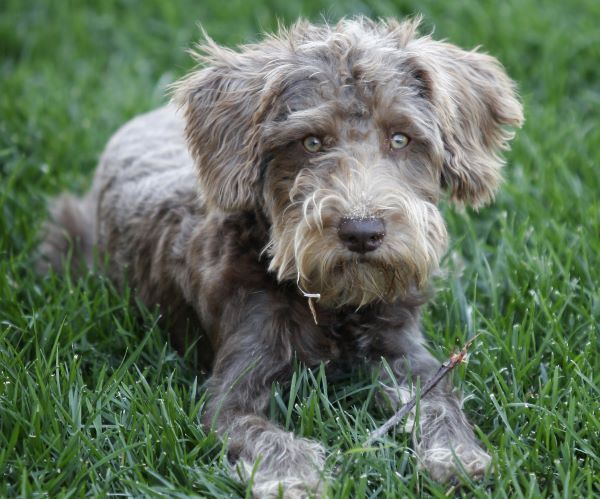
Schnoodle care and grooming
When it comes to grooming, the Schnoodle can be a lot to deal with. Many need daily brushing at home to avoiding matting, plus regular professional grooming appointments every 4 to 8 weeks is recommended.
Special care required for all hybrid dog breeds is daily eye cleaning to prevent eye infections and eye stains.
While no dog is truly hypoallergenic, both Schnauzers and Poodles can be good fits for some people with allergies, which places Schoodles in the same category.
Health issues for Schnoodles
- Progressive retinal atrophy refers to a family of eye diseases which gradually result in the deterioration of the retina, causing first night blindness then full blindness. There is no cure, but most dogs adapt very easily to the vision loss, provided their environment does not change too much.
- Cataracts occur when a cloudy membrane forms over the eye, causing vision loss. They have a variety of causes including genetics, age, trauma and metabolic diseases such as diabetes. Cataracts can be removed surgically.
- Legg-Perthes disease affects the hip joint and has been known to affect small dog breeds. It lowers the blood supply to the femur and causes the pelvis to disintegrate. Symptoms such as limping and atrophy of the leg muscle occur around the age of 4 – 6 months. Surgery can be undertaken to remove the affected area and the resulting scar tissue creates a “false joint” and the dog usually ends up pain-free.
- Patellar luxation occurs when the bones of the patella are not aligned properly and as a result slip in and out of place, causing pain and an abnormal gait. Mild cases generally do not require treatment and do not impact too much on the dog’s life, but severe cases may require surgery.
- Epilepsy causes mild to severe seizures, which can manifest themselves as unusual behaviour or shaking. Though frightening, most dogs with epilepsy have a generally good prognosis. However, epilepsy can also be a symptom of a larger issue, so it is important to see a vet as soon as possible.
- Diabetes occurs when the body cannot regulate blood levels. Affected dogs do not lose their appetite, but will often lose weight, urinate a lot and get thirsty often. It is treated with a special diet and insulin.
- Addison’s Disease, or Hypoadrenocorticism, is a serious illness is caused by the insufficient production of adrenal hormones by the adrenal gland. Addison’s disease has a variety of vague symptoms which can come and go intermittently, such as poor appetite, lethargy and frequent vomiting.
- Gastric Dilatation-Volvulus, also known as “bloat”, is an often-fatal disease that may occur if the dog is fed one large meal a day, eats quickly, drinks a lot, or exercises after eating. The stomach becomes distended and twists, and the dog is unable to expel excess gas. The dog’s blood pressure drops, and without immediate attention the dog could die. Symptoms of bloat include excessive salivating, retching, restlessness and lethargy.
Not all conditions are covered by Pet Insurance. For details of Bow Wow Meow Pet Insurance cover, refer to the Product Disclosure Statement.
Free engraved pet ID tag on sign up3
Customer Satisfaction
21 day cooling off
Easy to use Pet Portal



